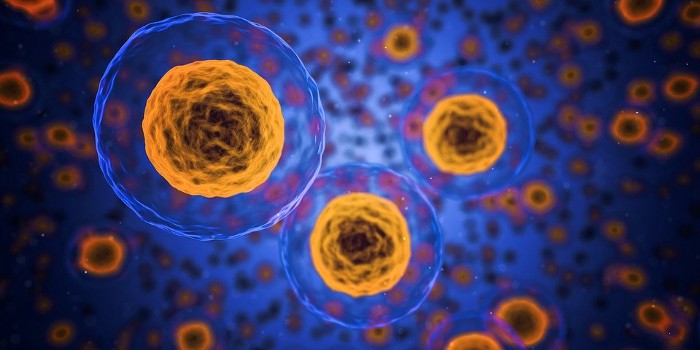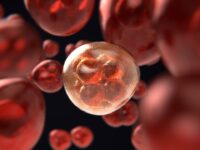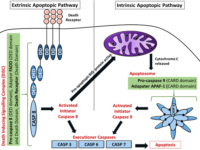Imagine a well-oiled machine in a factory that works continuously to produce a product of your choice. Occasionally, one or two parts might become old or worn-out and will need to be replaced to ensure a well-functioning factory. In this scenario, your first instinct might be to effectively remove the faulty components and potentially recycle them for future use. Cells apply a similar approach when it comes to faulty cellular components or organelles. This cellular process is known as autophagy.
The term autophagy, first coined in the 1960s by biochemist Christian de Duve, comes from a combination of the Greek words “auto” and “phagein,” which translate to “self-eating.” Although the concept of autophagy arose with the discovery of lysosomes, or waste-removal organelles that contain digestive enzymes, the credit of our current understanding belongs to a series of experiments conducted by Nobel Laureate Yoshinori Ohsumi. By studying autophagy in yeast cells, Ohsumi opened the door to studying the process of autophagy in other cells.
By breaking down proteins into amino acids, this process provides crucial energy and starting material for the creation of new organelles.
Ohsumi’s work showed how cells partake in recycling their own components that need to be degraded. By breaking down proteins into amino acids, this process provides crucial energy and starting material for the creation of new organelles. Furthermore, autophagy is often triggered when a cell experiences stress due to starvation, or possible bacterial or viral attack, and needs energy or new macromolecules to combat the stress. Think of this process as a cleaning schedule; just like you occasionally clean your room to get rid of all those dust bunnies, a cell cleans itself internally to eliminate damaged proteins and organelles. This process is much like a hybrid, cellular quality-check system.
Experts link the interruption of this cellular process with several health conditions such as diabetes, neurodegeneration, aging, heart disease, and cancer. Scientists continue to develop drugs that target autophagy in order to treat certain diseases. However, we still do not completely understand the relevance nor role of autophagy in the development of these diseases. One thing, however, is certain — some live to eat, but all eat to live — especially on a cellular level.
The Journal of Pathology (2010). DOI: 10.1002/path.2697
Image source: Pixabay.






